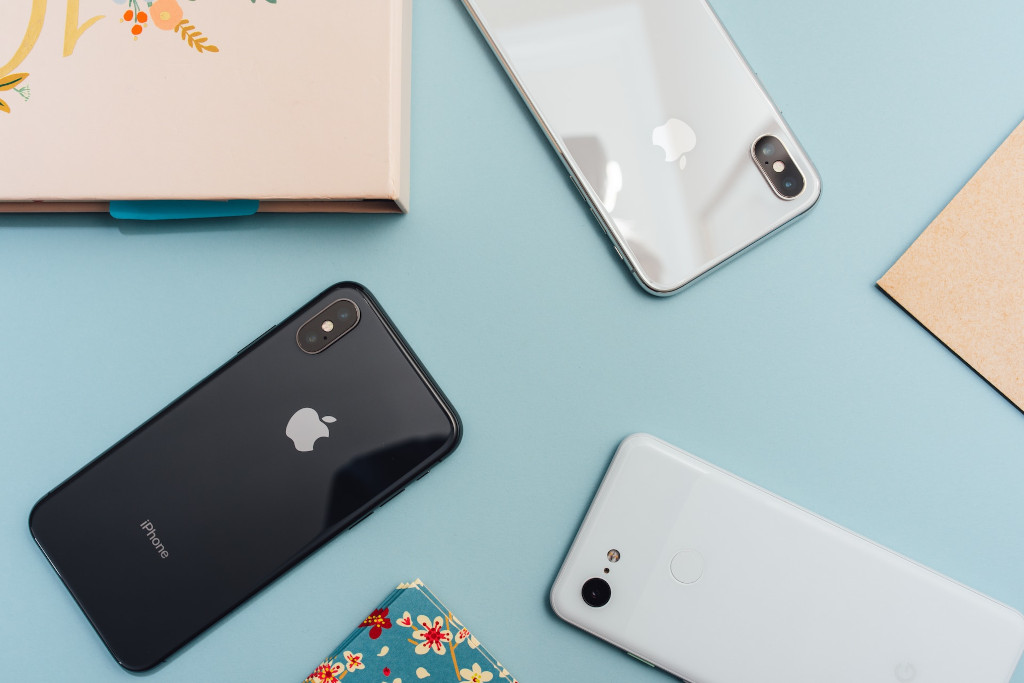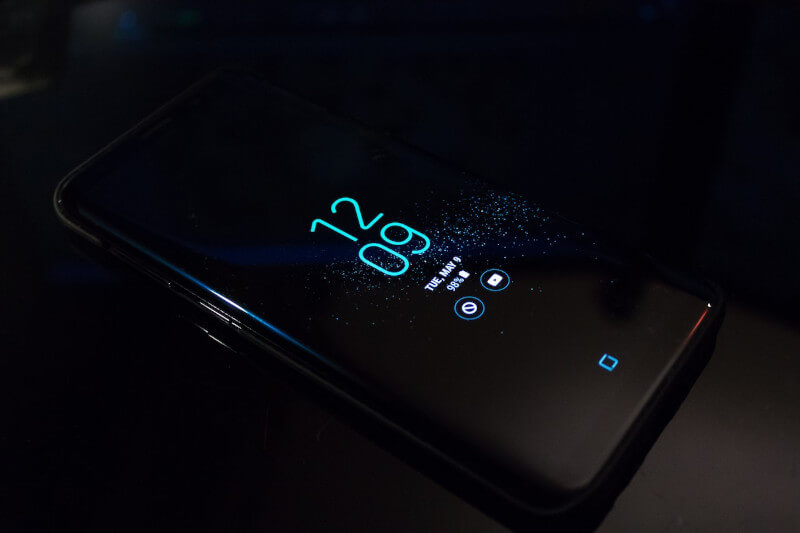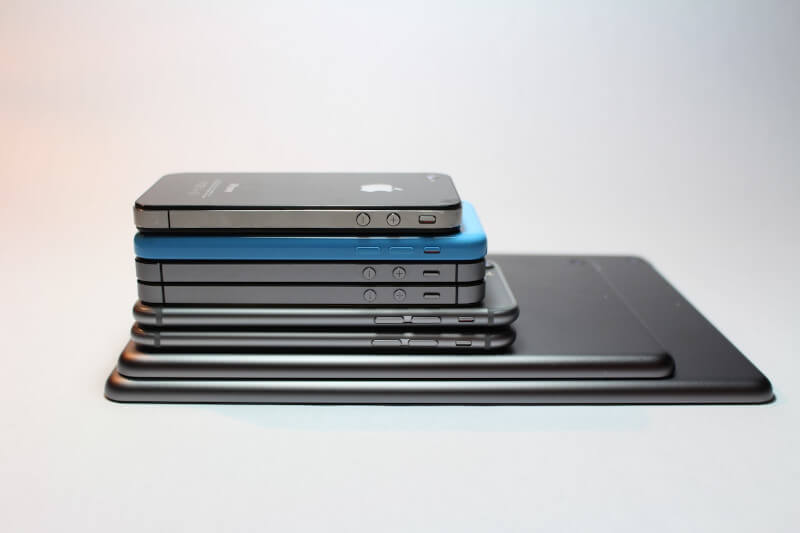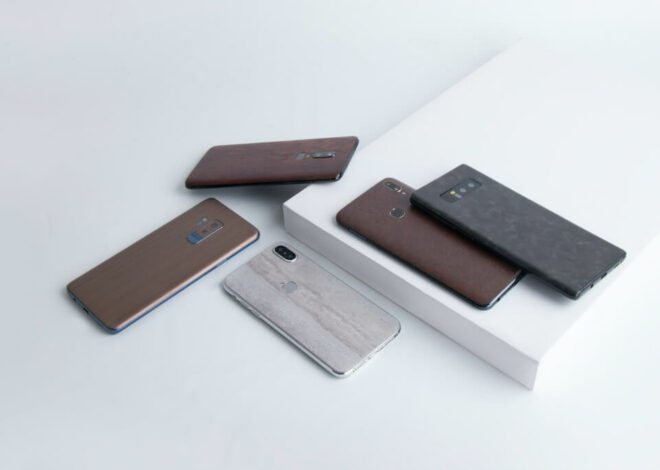
Smartphone Notches and Punch Holes
In the fast-paced world of smartphone design, few topics spark as much debate as the infamous notch and its sleeker cousin, the punch hole. With phones getting slimmer and the race for bezel-less screens becoming more fierce, companies are innovating ways to house the essential front-facing camera and other sensors. While the aesthetic appeal of these designs is evident, are they really the ultimate in smartphone display functionality? Let’s dive in.
The Aesthetics vs. Functionality

The first time you laid eyes on a smartphone notch or punch hole, you might have had mixed feelings. Some users feel these designs break the continuity of the display, disrupting an immersive viewing experience. Meanwhile, others appreciate the larger screen real estate they allow. Remember, this tug-of-war between aesthetics and functionality isn’t new in the tech world.
From an aesthetics standpoint, punch holes and notches can be intriguing. They give smartphones a distinct look, often making them stand out in a sea of standard designs. Some users believe that punch holes, especially, lend a modern and minimalistic flair to the device.
On the flip side, from a functionality perspective, these designs can occasionally interfere with the user experience. Whether you’re watching a video, playing a game, or using an app, the notch or punch hole might just cut into your content, which can be bothersome for some.
Modular Designs
Modular designs, especially in the context of smartphones and electronics, refer to a design approach that emphasizes interchangeability and customization. Instead of a single, integrated unit, devices with modular designs consist of separate components (or modules) that can be individually replaced, upgraded, or customized. Here’s a deeper look into modular designs:
History and Motivation: The idea of modular smartphones stemmed from the desire to combat the throwaway culture in consumer electronics. Instead of discarding an entire device when one part fails or becomes obsolete, users can simply replace or upgrade that specific component.
Benefits of Modular Designs:
Customization: Users can tailor their devices based on their specific needs. For instance, a photography enthusiast might opt for a high-end camera module, while a gamer might prioritize a more powerful processor or graphics module.
Upgradability: Instead of buying a new phone every few years, users can upgrade individual components. This means potentially longer device lifespans and cost savings in the long run.
Repairability: If a specific module malfunctions, it can be easily replaced without needing to service or replace the entire device. This could lead to more sustainable electronic consumption as devices won’t be discarded as readily.
Environmental Impact: By reducing electronic waste through upgradable parts, modular designs can potentially minimize the environmental footprint of electronic devices.
Challenges of Modular Designs:
Complexity: Designing a device that allows for individual parts to be easily replaced or upgraded without compromising the integrity or functionality of the whole unit is challenging.
Size and Design Limitations: Modular phones can be bulkier than their integrated counterparts because of the additional connectors and casings required for each module.
Cost: Initial costs for modular smartphones might be higher due to the complexities involved in designing and manufacturing them. However, costs might be offset over time by not having to replace the entire device.
Compatibility Issues: As technology evolves, there’s a potential risk that newer modules may not be compatible with older base models, negating some upgradability advantages.
Notable Examples: One of the most famous modular smartphone concepts was Google’s Project Ara. Although it was eventually shelved, the idea was to create a phone with interchangeable parts, from its camera to its CPU. Other companies, like Fairphone, have successfully launched modular smartphones, emphasizing ethical production and sustainability.
Beyond Smartphones: While smartphones are often the focal point of discussions around modular design, the concept isn’t limited to them. Other areas of tech, like desktop PCs (which have always had a degree of modularity) and even some television models, embrace the idea of user-replaceable parts.
Feedback from the Rainbow Nation
South Africans are nothing if not vocal about their tech preferences. In a recent survey conducted in major urban centers like Cape Town, Durban, and Pretoria, responses about these design choices were split.
A significant number of respondents felt that while they initially found notches and punch holes slightly off-putting, they quickly got used to them. The younger demographic, in particular, seemed to view these design elements as ‘cool’ and ‘futuristic.’
However, there was also feedback that pointed out how certain apps aren’t optimized for these designs, leading to occasional glitches. For example, during a video call, a user’s face might get obscured by the notch or punch hole.
What’s Next in Smartphone Design?

With major smartphone releases in 2023 showcasing a variety of designs, it’s clear the industry is still experimenting. There are whispers about under-display camera technology becoming the next big thing. Imagine a truly uninterrupted display, where the camera hides beneath the screen and only appears when needed. Brands are racing to perfect this tech, ensuring the camera quality doesn’t get compromised in the process.
There’s also talk about modular designs where users can customize where they want their camera to be. Sounds like sci-fi? Well, that’s just the direction smartphone innovation is headed.
One thing’s for certain: As tech continues to evolve, the user remains the ultimate beneficiary. Whether you’re a notch lover, a punch hole advocate, or you’re holding out for the next big innovation, exciting times are ahead in the smartphone world.
Wrapping it Up
In the grand scheme of things, notches and punch holes might seem like tiny blips in the sprawling universe of smartphone innovation. But they represent something bigger: the tech world’s relentless push towards perfection, even if it means shaking things up and dividing opinion. So, the next time you’re swiping through your phone, take a moment to appreciate the thought and innovation behind that tiny little cut-out. After all, it’s a testament to how far we’ve come and a hint of where we’re headed.



